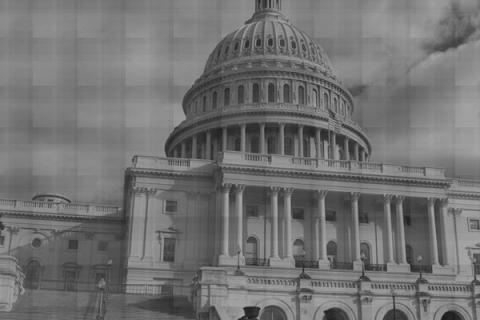Voter ID and voter fraud are often linked. But, a popular understanding of voter fraud, people posing as another individual on Election Day, was shown to be "infinitesimal" according to a study conducted by Arizona State University. Today Damon Eris posted an article on dev.us regarding the study and its results. The study covered years 2000-2012 and uncovered that 10 incidences of in-person voter fraud have occurred throughout the country during that time.
Voter fraud in this form would be combatted by requiring would-be voters to produce a voter ID when they attempt to vote. This would minimize the ability of individuals to fraudulently pose as another registered voter. As discussed briefly above, these requirements could disenfranchise 11% of eligible voters across the country. While this is a large percentage of the voting population the threat that is posed is not remotely similar to the disenfranchisement. The threat is that one individual is able to cast an extra ballot because a government-issued ID does not verify their identity. A wrongdoer would be limited by the time the polls are open and the geographic distance between them.
Regardless, the probability of a large group of individuals being able to cast enough fraudulent ballots, by posing as other people is extraordinarily low. When that threat is compared with 11% of eligible voters being disenfranchised by an ID requirement is, the costs of the ID laws severely outweigh the benefits. As the Brennan Center points out, the occurrence of this type of voter fraud is less likely than an individual being struck by lightning.
Voter fraud is a foolish move in the first place for individuals attempting to swing an election. The punishment for federal election fraud is 5 years and a $10,000 fine. The return on the risk is only a single vote.
Linking voter IDs and voter fraud is essentially comparing apples to oranges. If voter fraud at a scale that was remotely proportional to the amount of individuals knowingly disenfranchised by voter ID laws, a much stronger argument would be made for them. What Independents should understand is that the connection between voter IDs and voter fraud as a major threat to democracy is tenuous at best.
For more statistics on Voter ID related disenfranchisement visit the Brennan Center at NYU.
In The Next Segment: What creates the appearance of voter fraud.
